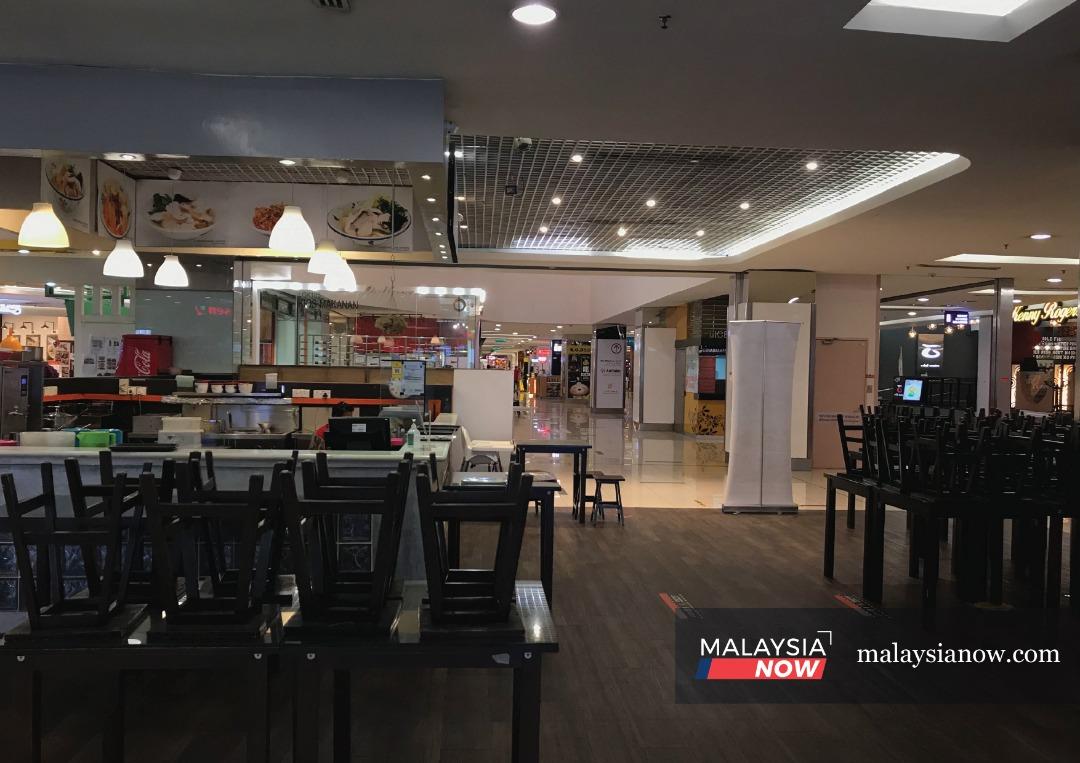For restaurants under MCO, business as usual means almost none at all
While eateries have been allowed to remain open for takeaway and delivery services, a drastic drop in number of customers means restaurants are empty most of the day.
Just In
Unlike the first movement control order (MCO) implemented in March last year which shut down large swaths of the country’s economy amid swelling numbers of Covid-19 infections, shopping malls have remained open although a mere shadow of what they once were.
While most of the retail sector remains closed under what is now known as MCO 2.0, restaurants and eateries are allowed to continue serving customers albeit only through delivery and takeaway.
A stroll through the mall reveals restaurant employees still working their normal shifts. Food is still cooked, tables are wiped down, and workers stand ready to greet anyone who walks past.
All that’s missing are the customers.
With daily cases hovering at an average of 4,000 a day, the second MCO, enforced on Jan 13, was recently extended until Feb 18.
Visiting the mall during this time has become a one-of-a-kind experience as what was once a platform for businesses, both aspiring and established, has been rendered nearly unrecognisable by health SOPs.
Searching for an empty parking spot is now a thing of the past as foot traffic at many malls hits an all-time low.
“Usually, we have several steps to follow when serving a customer. Now it’s a plain simple two-step process since most people order online,” the employee said.
Lunch-time rush hour is now a thing of the past, and noon-time finds many workers standing around with no one to serve.
“The whole day is the same. Empty just like right now,” the employee added.
When asked why the restaurant remained open, he said the boss could not afford to close it down.
Manie, who works at a neighbouring food stall, said the drop in foot traffic had made working hours shorter than usual.
“On normal days when there were at least 100 customers a day, we closed at 10pm but now we close at 8pm instead,” he told MalaysiaNow.
“My boss even cried because of the tension and not having any sales.”
He, too, said closing was not an option for the eatery, adding that timing is essential to making such decisions.
Elsewhere in the mall, the situation is the other way around: some food outlets are open but with no one there to serve customers.
At one of these outlets, a lone customer eventually gives up waiting and walks away – fair game for any of the other eateries where workers wait, eagerly hoping for business no matter how small.
Subscribe to our newsletter
To be updated with all the latest news and analyses daily.
